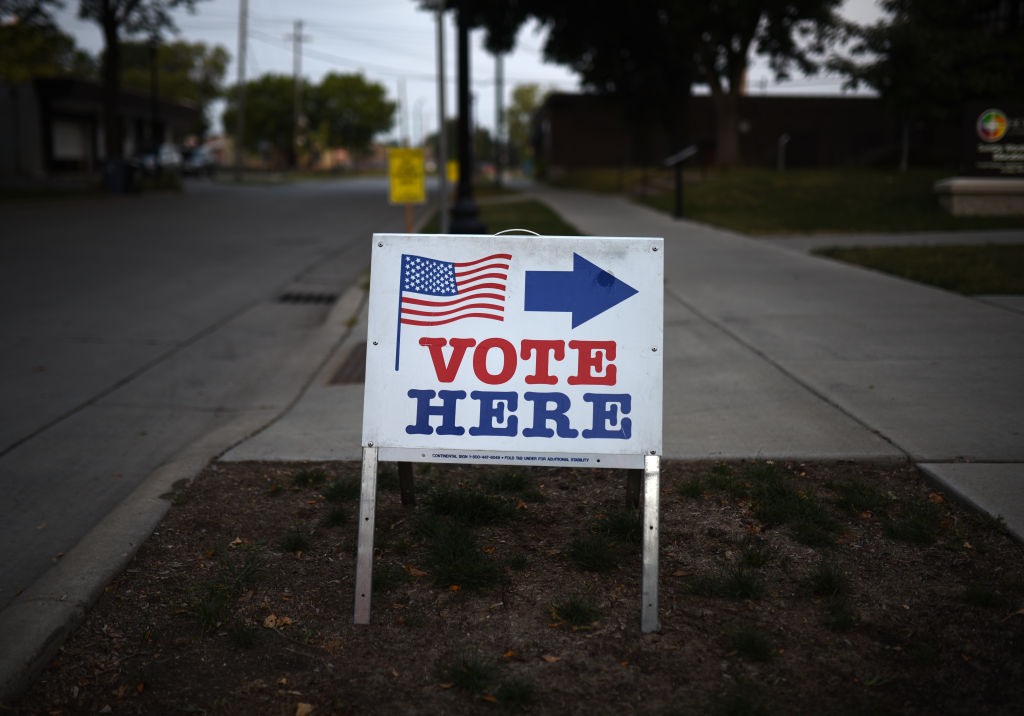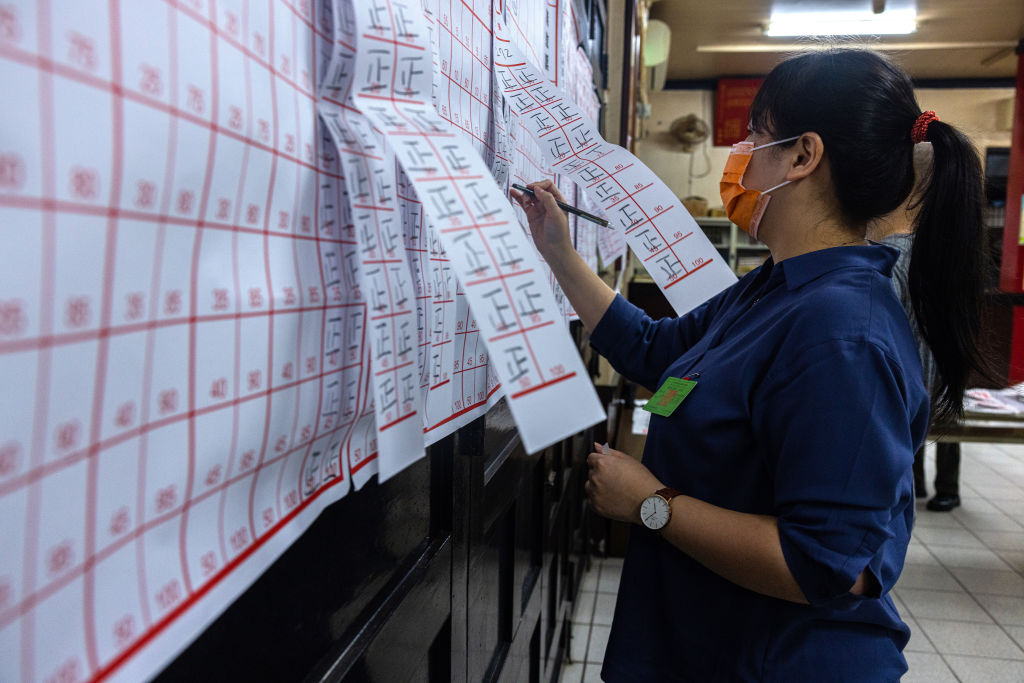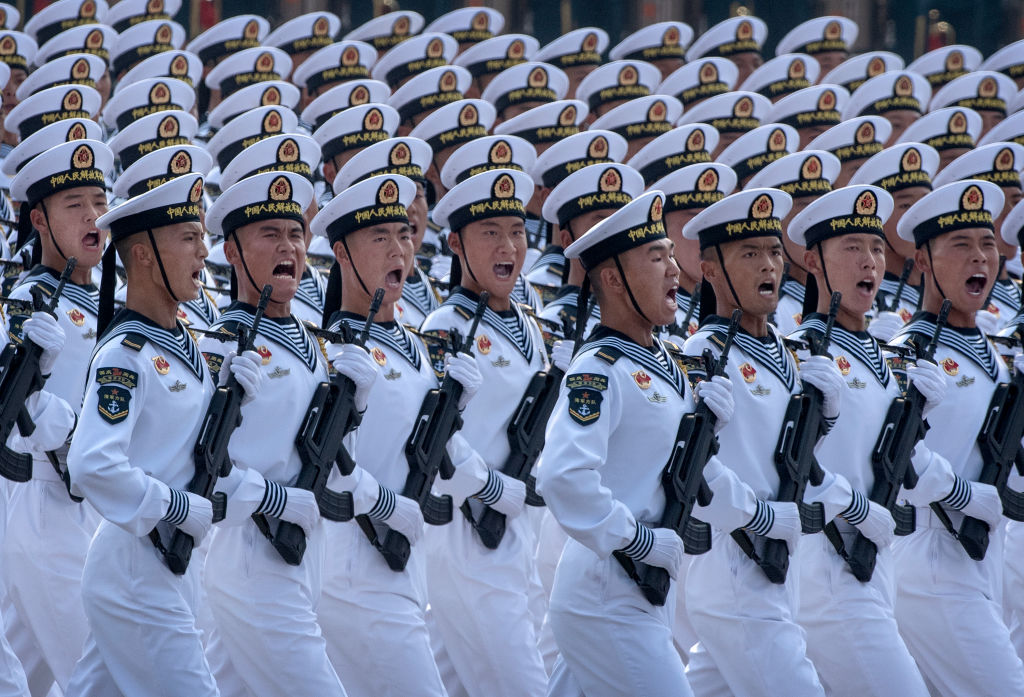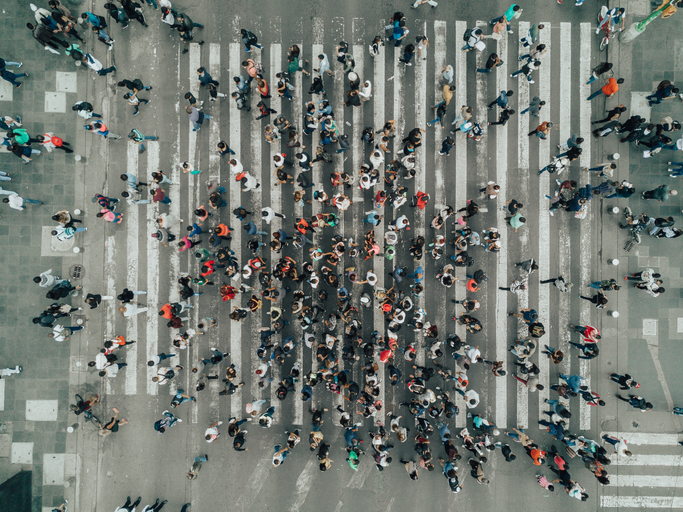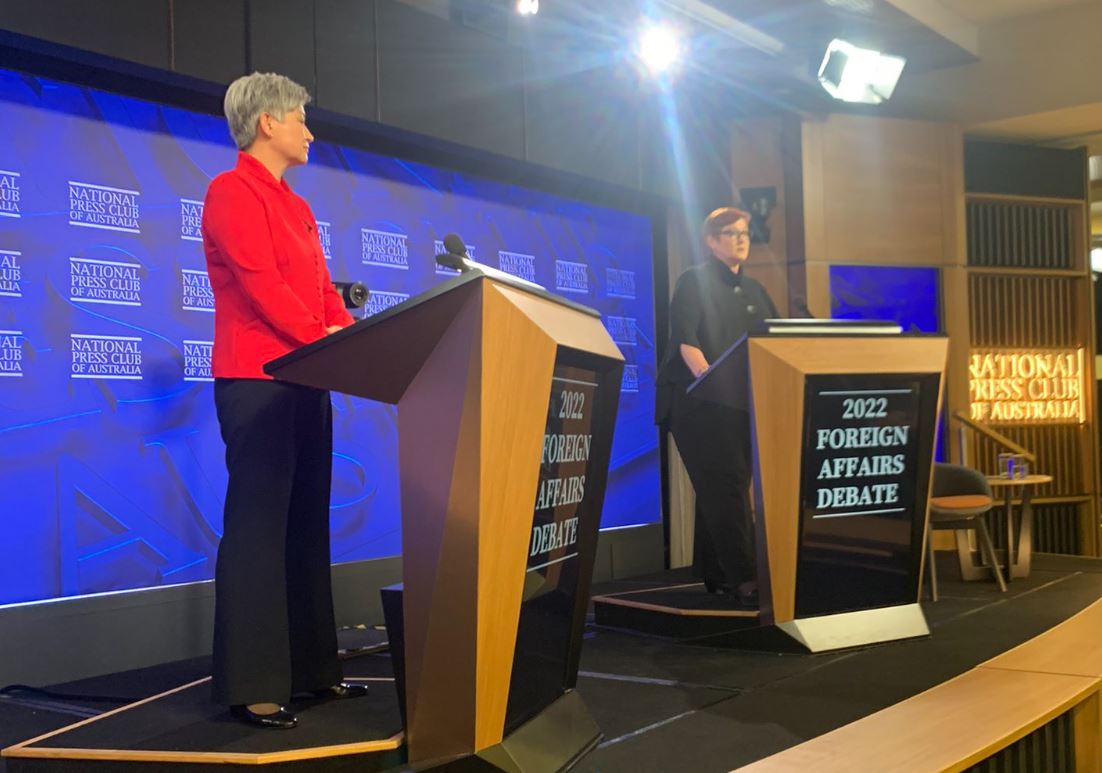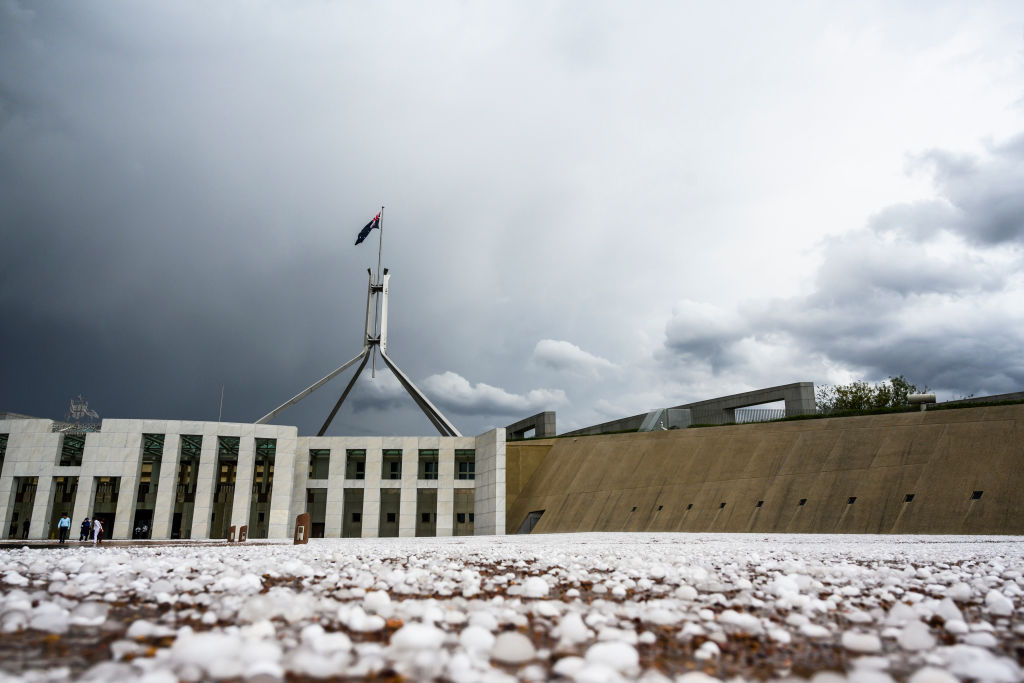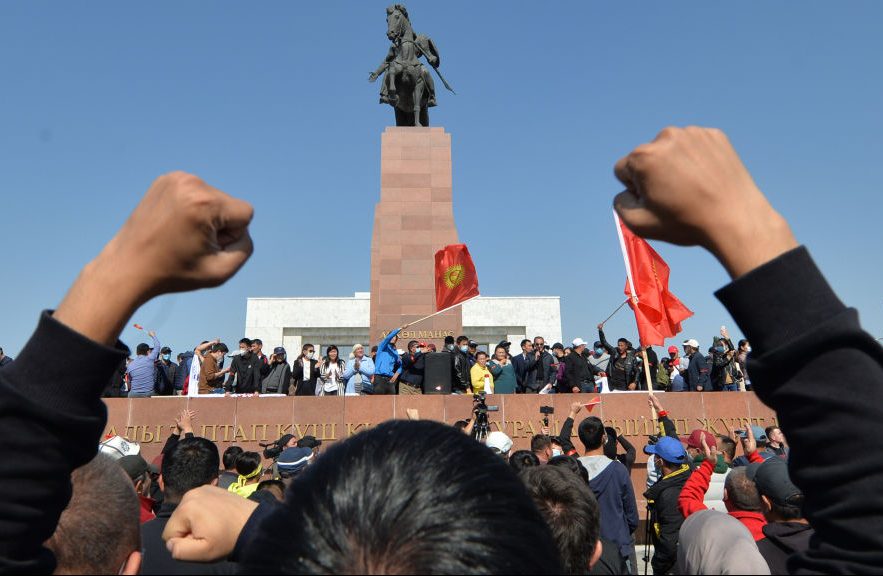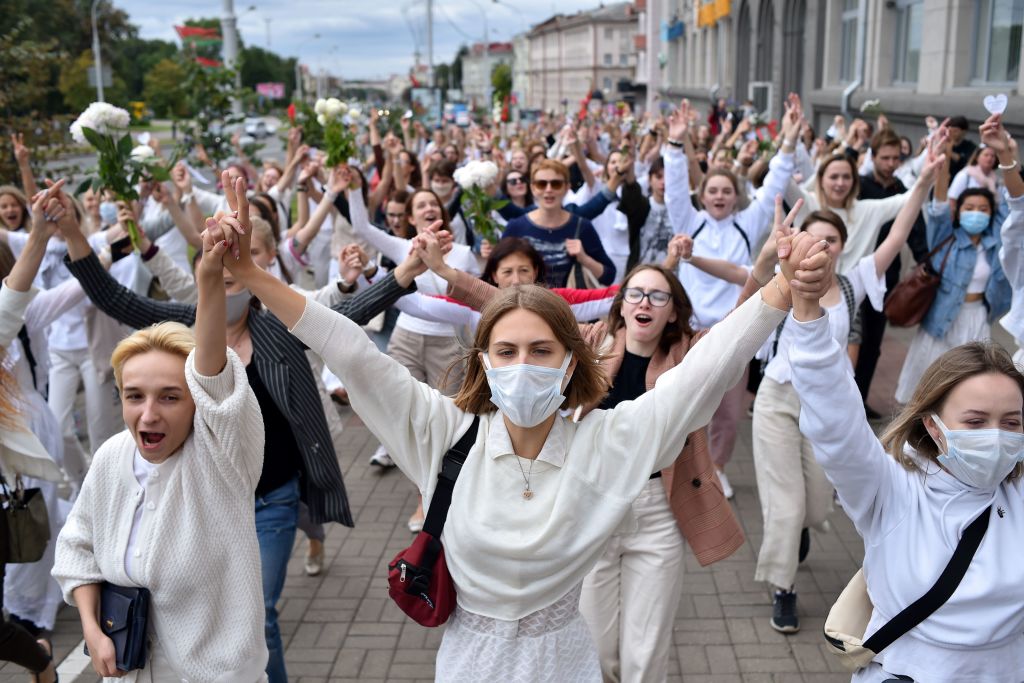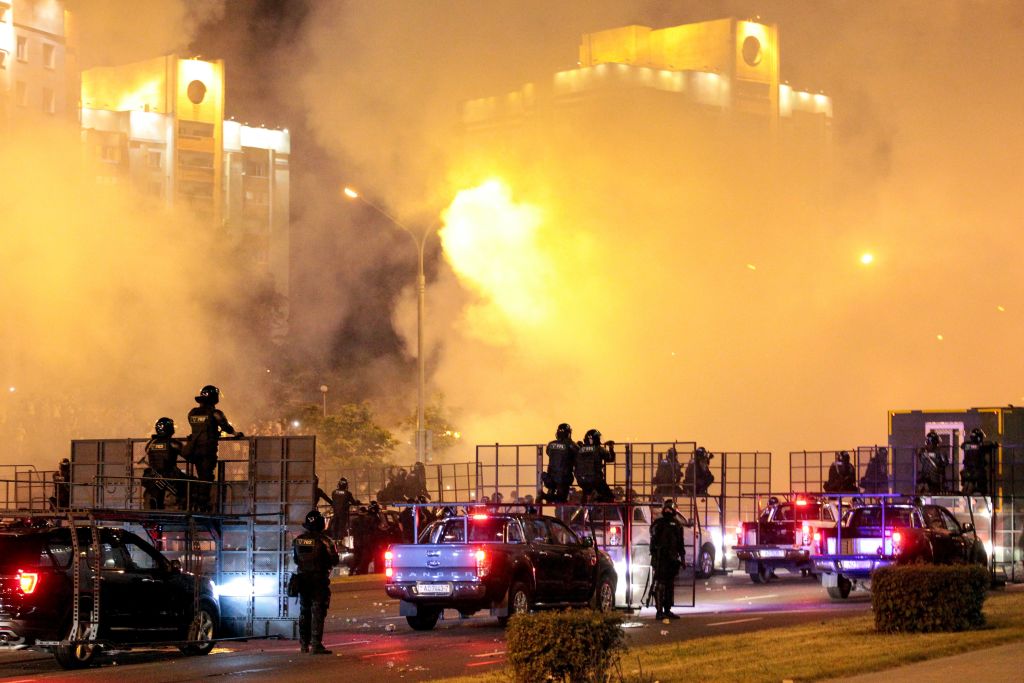How to spot AI influence in Australia’s election campaign

Be on guard for AI-powered messaging and disinformation in the campaign for Australia’s 3 May election.
And be aware that parties can use AI to sharpen their campaigning, zeroing in on issues that the technology tells them will attract your vote.
In 2025, there are still ways to detect AI-generated content. Voters can use this knowledge. So can the authorities trying to manage a proper election campaign. The parties can, too, as they try to police each other. In the digital age, we must be vigilant against various tactics that are strengthened or driven by AI and aim to manipulate and deceive.
Some tactics are already heavily associated with AI. Deepfakes—images or videos that use hyper-realistic fabricated visuals to deceive—are a particularly concerning example. Automated engagement is another example, involving AI-driven bots and algorithms to amplify likes, shares and comments to create the illusion of widespread support.
But political actors are now using AI to improve tried-and-tested influence tactics. These methods include:
—Sponsored posts that mimic authentic content, such as news, to subtly promote a product, service or agenda without clear disclosure, potentially influencing opinions;
—Clickbait headlines that are crafted to grab attention and drive clicks, often exaggerating claims or omitting key context to lure readers;
—Fake endorsements providing false credibility, authenticity or authority through fabricated testimonials or endorsements;
—Selective presentation of facts, skewing narratives by focusing on specific data points that support one perspective while omitting contradictory evidence; and
—Emotionally charged content aimed at provoking strong reactions, clouding judgment and influencing impulsive decisions.
Deepfakes can be identified by inconsistencies in lighting, unnatural facial movements or mismatched audio and lip-syncing. Tools such as reverse image search or AI detection software can help verify authenticity. Automated engagement typically involves accounts that have generic usernames, minimal personal information, and display repetitive posting patterns. These are strong indicators that an account may be an AI-driven bot.
Sponsored posts can be checked for disclaimer labels such as ‘sponsored’ or ‘ad’. Users should be cautious of posts that seem overly polished or perfectly tailored to their interests.
Clickbait headlines, if they seem too outrageous or emotionally charged, should be read critically to verify their claims. Cross-checking with reputable sources can help users to spot inaccuracies. As well as this, one-sided arguments and missing context are both strong indicators of a selective presentation of facts. Consulting multiple sources can help build balanced view of the issue.
Fake endorsements can be verified by checking the official channels of the purported endorser. Inconsistencies in language or tone between the channels and the post may indicate fabrication.
For parties, AI is offering transformative opportunities for campaigning. Data-driven targeting can help to more effectively analyse voter demographics, preferences, and behaviours. This allows parties to craft highly targeted messages, ensuring campaigns reach the right audience with the right message.
Predictive analytics forecast voter turnout and behaviour, helping campaigns focus efforts on swing regions or undecided voters. For campaigns aiming to narrow their focus, AI can help to craft personalised communication. This content is tailored to individual voters, making interactions feel more personal and engaging.
AI can also be used to monitor social media and public sentiment, providing real-time feedback. These instant insights into voter reactions allows campaigns to adapt their strategies on the fly. Beyond analytics and outreach, AI programs can be developed to optimise campaign budgets by identifying the most impactful channels and strategies, reducing waste and ensuring effective resource allocation.
Finally, while it can be used to mislead, automated engagement has ethical applications. Through chatbots and virtual assistants powered by AI, parties can handle voter queries, provide information and streamline processes such as voter registration.
AI is reshaping political campaigning, offering unprecedented opportunities and challenges. While it sharpens strategies and enhances efficiency, it also necessitates vigilance to ensure ethical use and protect against manipulation. By staying informed and critical, individuals can navigate this evolving landscape with confidence.

